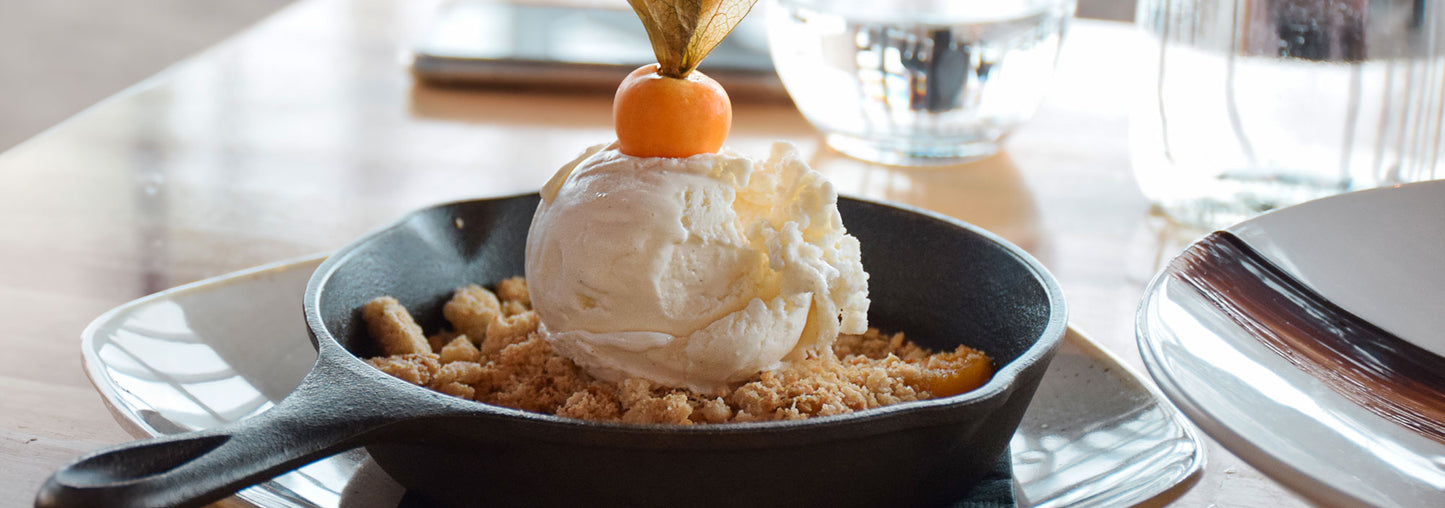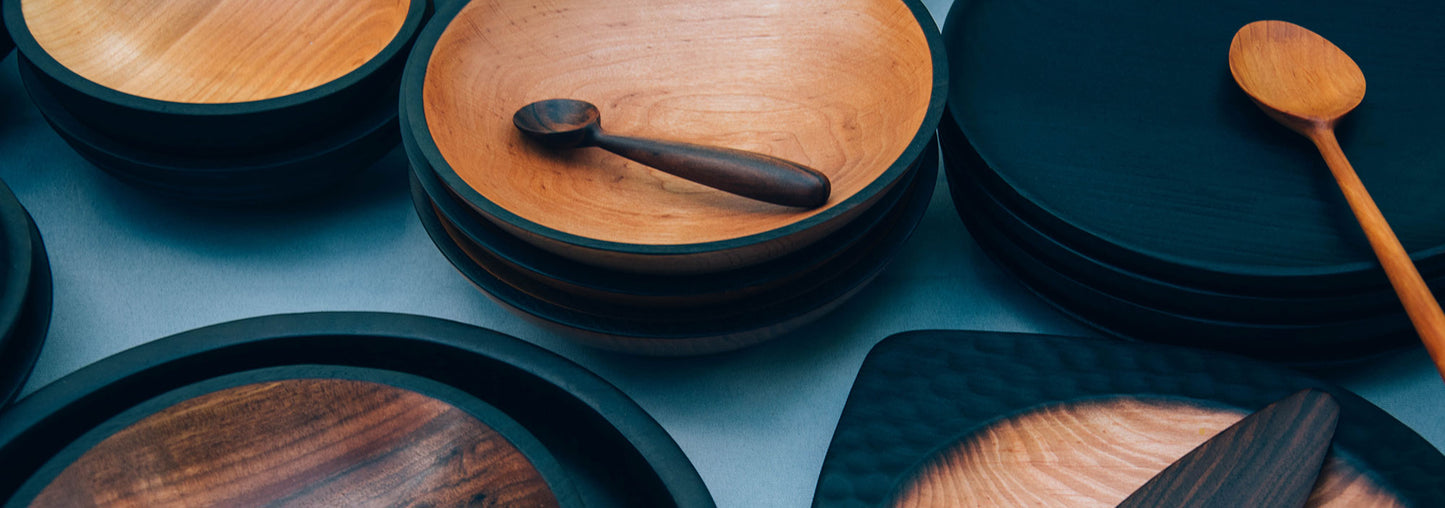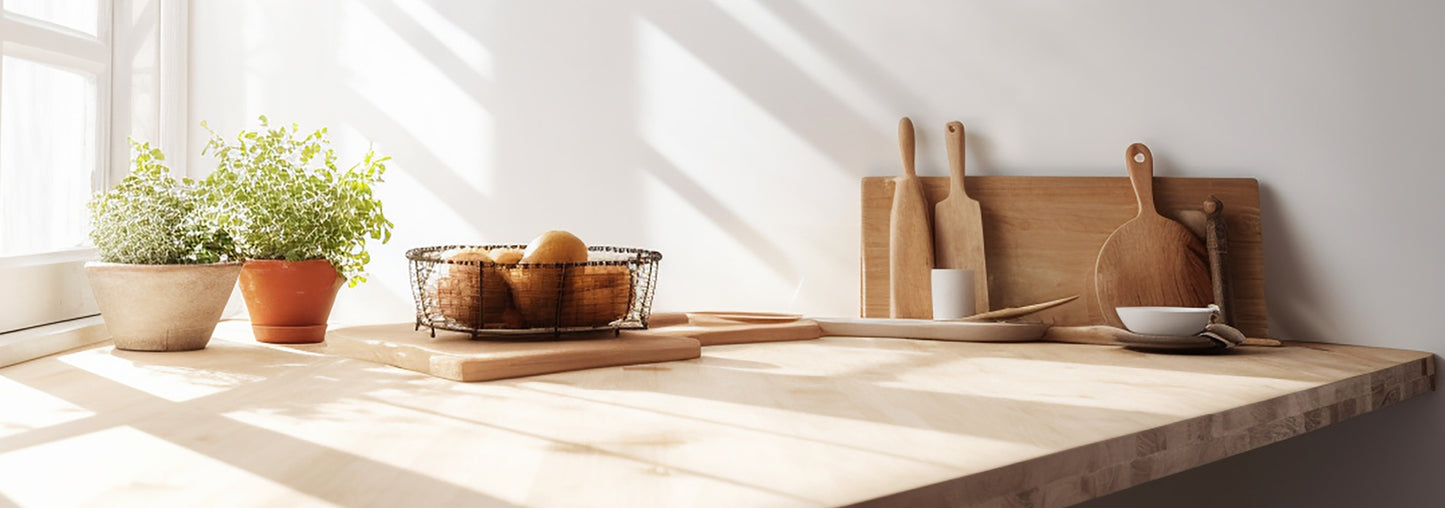
In the world of cookware, cast iron stands as an enduring classic, cherished for its unparalleled ability to deliver even heat distribution, exceptional heat retention, and remarkable versatility. Whether you're a seasoned chef or an aspiring home cook, understanding the best practices and techniques for cooking with cast iron can elevate your culinary creations to new heights.
The Beauty of Cast Iron
Cast iron cookware has been a staple in kitchens for centuries, and for good reason. Its exceptional heat retention ensures that once heated, it maintains a steady temperature, making it ideal for searing, sautéing, baking, and frying. Unlike other materials, cast iron's natural non-stick surface improves with each use as it develops a layer of seasoning – a thin coating of polymerized oil that gives the cookware its signature non-stick quality.
After each use, avoid using soap or abrasive scrubbers that can strip away the seasoning. Instead, rinse with hot water and gently scrub with a stiff brush to remove any food residue. Dry the pan thoroughly and rub a thin layer of oil on the cooking surface to maintain the seasoning. This simple ritual will help build a beautiful coating over time.
Cooking Techniques and Tips
- Preheating:
Always preheat your cast iron pan before adding ingredients. This ensures even heating and prevents food from sticking. Cast iron heats slowly but retains heat exceptionally well, so a few minutes of preheating can make a significant difference in cooking performance.
- Searing and Baking:
For a perfect sear on meats, preheat your cast iron pan until it's smoking hot. Add a thin layer of oil with a high smoke point and place your meat in the pan. Allow it to sear without moving for a few minutes before flipping. Cast iron also excels in the oven; it's a great choice for baking cornbread, casseroles, and even desserts like skillet cookies.
- Flipping and Stirring:
When cooking delicate foods, like eggs or fish, be gentle when flipping or stirring to avoid damaging the seasoning. Using a silicone or wooden spatula can help preserve the non-stick surface.
- Acidic Ingredients:
While cast iron is excellent for most cooking, avoid using acidic ingredients like tomatoes or citrus for extended periods, as they can break down the seasoning. Occasional use is usually fine, but avoid cooking highly acidic dishes too frequently.
- Cleaning and Maintenance:
If you encounter stubborn food residue, add a little water to the pan and gently scrape it with a wooden spatula while the pan is still warm. Afterward, rinse and dry the pan thoroughly to prevent rust. A light rub with oil after each use will help maintain the seasoning.
Versatility Beyond Compare
Cast iron cookware's versatility shines through its ability to transition seamlessly from stovetop to oven, making it a go-to choice for one-pot dishes and recipes that require both searing and baking. Its durability ensures that with proper care, your cast iron cookware can last for generations, making it a wise investment for any kitchen.
In conclusion, cooking with cast iron is a timeless culinary experience that rewards patience and care. By mastering the art of seasoning, understanding cooking techniques, and practicing proper maintenance, you'll unlock the full potential of this remarkable cookware. So, roll up your sleeves, embrace the heritage of cast iron, and embark on a journey of culinary delights that will leave your taste buds satisfied and your kitchenware arsenal enriched.





